The Stories
The Stories are a collection of destinations explored through their culture and craftsmanship. Each month a new locale comes into focus through original travel films, photography and interviews for an immersive storytelling experience.

PALOMINO, COLOMBIA
WOVEN WITH DESIRE
Mamo Ferdinand is a Kogi village chief living in the Sierra Nevada de Santa Marta mountains of Northern Colombia. The Kogi tribe are the most secluded tribe of Colombia’s remaining indigenous communities, living at one with the land and in total dedication to helping restore the human bond with Mother Earth through endless acts of tribute and offerings as protection. The nearest Kogi settlement is nearly two hours into the steep jungle mountain terrain and requires special permissions, often including the examinations of your energy and intentions through deep eye gazing, to enter their land. Every act of their life is deeply intentional, including the creation of their mochila bags, traditionally made from the natural dyed fibers from the maguey plant, more commonly known as fique.
Facebook | Twitter | Pin | Email |
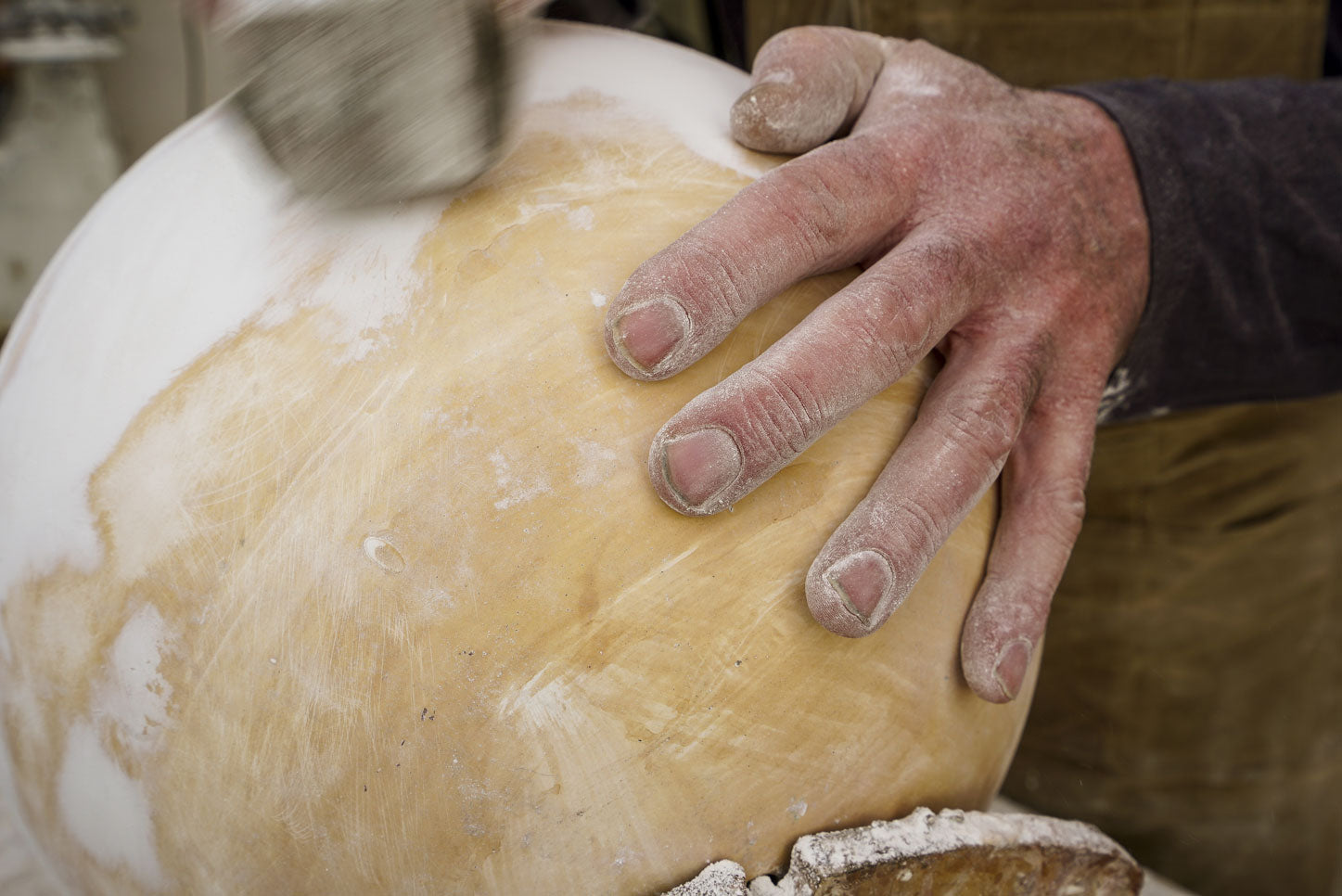
COWES, ISLE OF WIGHT
A GLOBAL PERSPECTIVE
Chris Adams is a globemaker residing on the Isle of Wight just off the coast of England near Southampton. An early curiosity of orienteering was fostered by a childhood of exploring the moors solely by himself in his native Devonshire. As Adams grew into an adult in search of a meaningful profession, an opportunity to become a globemaker arose to further cultivate this passion of mapmaking allowing him to utilize his collegiately refined painterly and fine art skills. Today, Adams is the founder of Lander & May, an atelier specializing exclusively in bespoke globes and high-end historical restoration. Through this work, he aims to create relevancy for globes in the modern digital world without abandoning the traditional techniques of the makers who came before him.
Facebook | Twitter | Pin | Email |
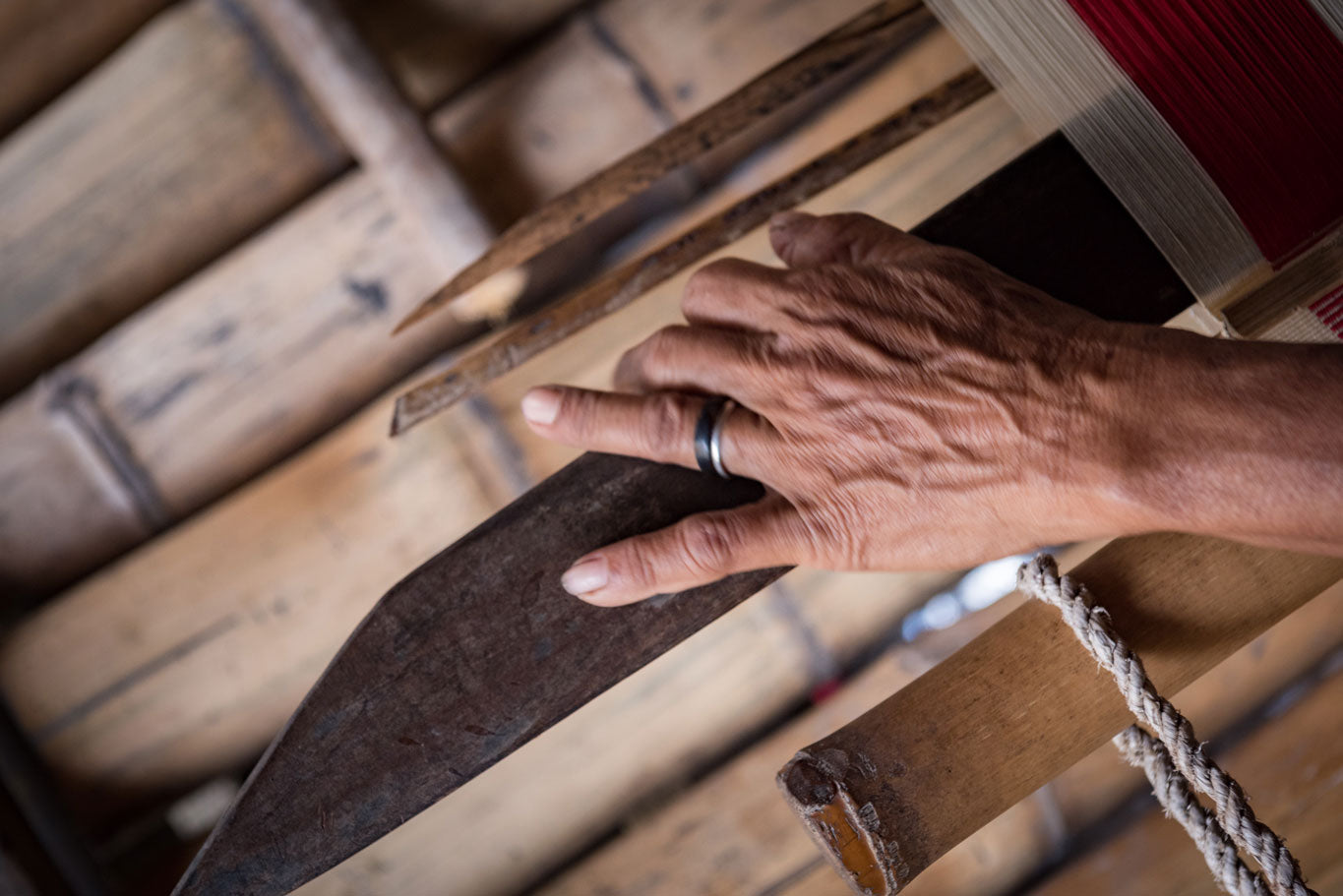
SUMBA, INDONESIA
A LOOMING LEGACY
Peda Wei Awang and Diala Rade are ikat weavers from the island of Sumba in Indonesia. Ikat weaving is a daily part of life where the tapestry-like fabrics, whether in simple color stripes or more elaborate symbolic designs, are worn as garments, carried as family or village crests, gifted during celebrations and more recently traded with visitors to the island. The island weavers typically produce double ikat which is considered to be the most difficult to design and most highly valued.
Facebook | Twitter | Pin | Email |
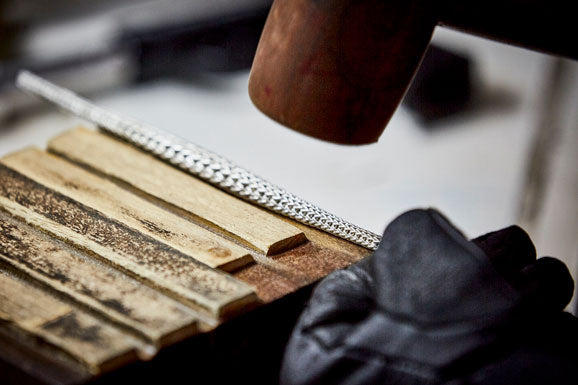
UBUD, BALI
AN ARTISAN WAY OF LIFE
Ni Made Rentini is a jewelry artisan employed at John Hardy, a luxury jewelry brand established in Bali, Indonesia in 1975. John Hardy is known for its dedication to preserving the traditional arts of the Balinese culture through its hand-crafted jewelry made exclusively from ethically sourced gemstones and reclaimed silver and gold. Rentini has mastered the craft of chain weaving over the twenty years she has spent working at the company. She likens her work process, although more complicated in the nature of its design and materials, to that of the weaving skills passed down from generation to generation and used in the communities to fashion the offerings for daily temple rituals.
Facebook | Twitter | Pin | Email |

DIMBULA DISTRICT, SRI LANKA
TEA TIME IN PARADISE
Herman Gunaratne is one of a handful of native Sri Lankans who were trained as tea masters by the former British colonial tea companies. Gunaratne has worked in the business for over fifty years, and is one of the most successful and recognized tea makers today. As the deputy chairman of Dilmah Tea, he works alongside the innovative founder of the company, Merrill J. Fernando, to ensure their teas establish the criteria for the highest quality standards. Together, they have protected the coveted status of Ceylon tea by inventing the concept of single origin tea, grown and packaged directly on the estates they manage.
Facebook | Twitter | Pin | Email |
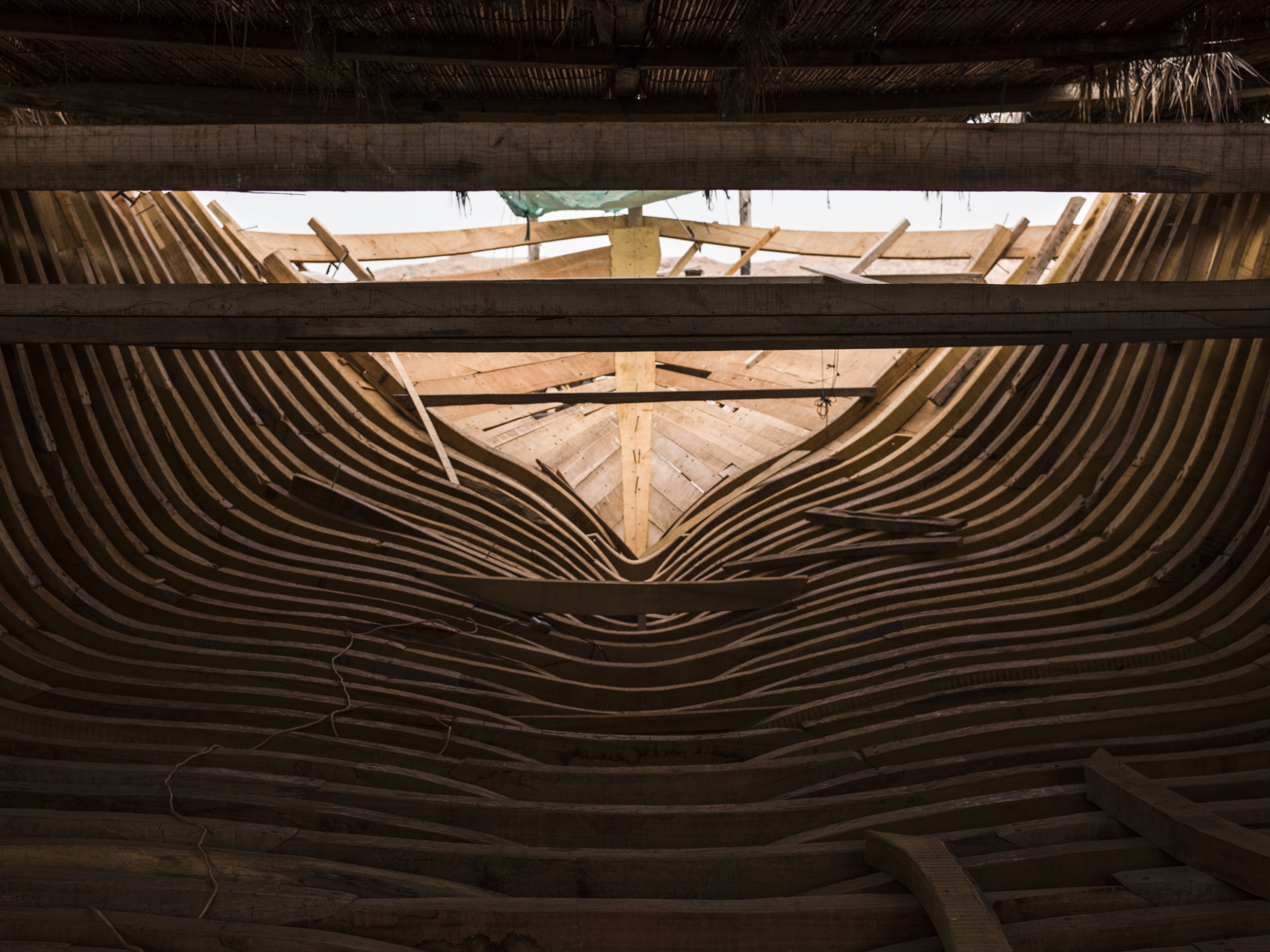
SUR, OMAN
THE DHOW OF TIME
Aly Gomaa Al-Erimy comes from a long lineage of shipbuilders based in Sur, Oman where handcrafted ships, various types of dhows synonymous with ancient trade, have been constructed for several hundreds of years. The Al-Erimy family continues this tradition with the youngest generations of the family who learn by observing the hired craftsman build two commissioned ships a year within the yard.
Facebook | Twitter | Pin | Email |

DHOFAR, OMAN
THE MYTHIC MILK
Suhail Al-Mahri is a Bedouin guide living in Salalah, Oman. Al-Mahri is from Oman’s largest tribe of Bedouins, the Al-Mahri, from which he takes his name. Bedouins usually spend harvest season taking shelter from the heat, wind or even rain within the caves of the wadis where the resin is found. Al-Mahri, along with many of his tribesmen, continues to believe in the medicinal and mythic attributes of frankincense, known locally as Al-Luban, meaning “from milk.”
Facebook | Twitter | Pin | Email |
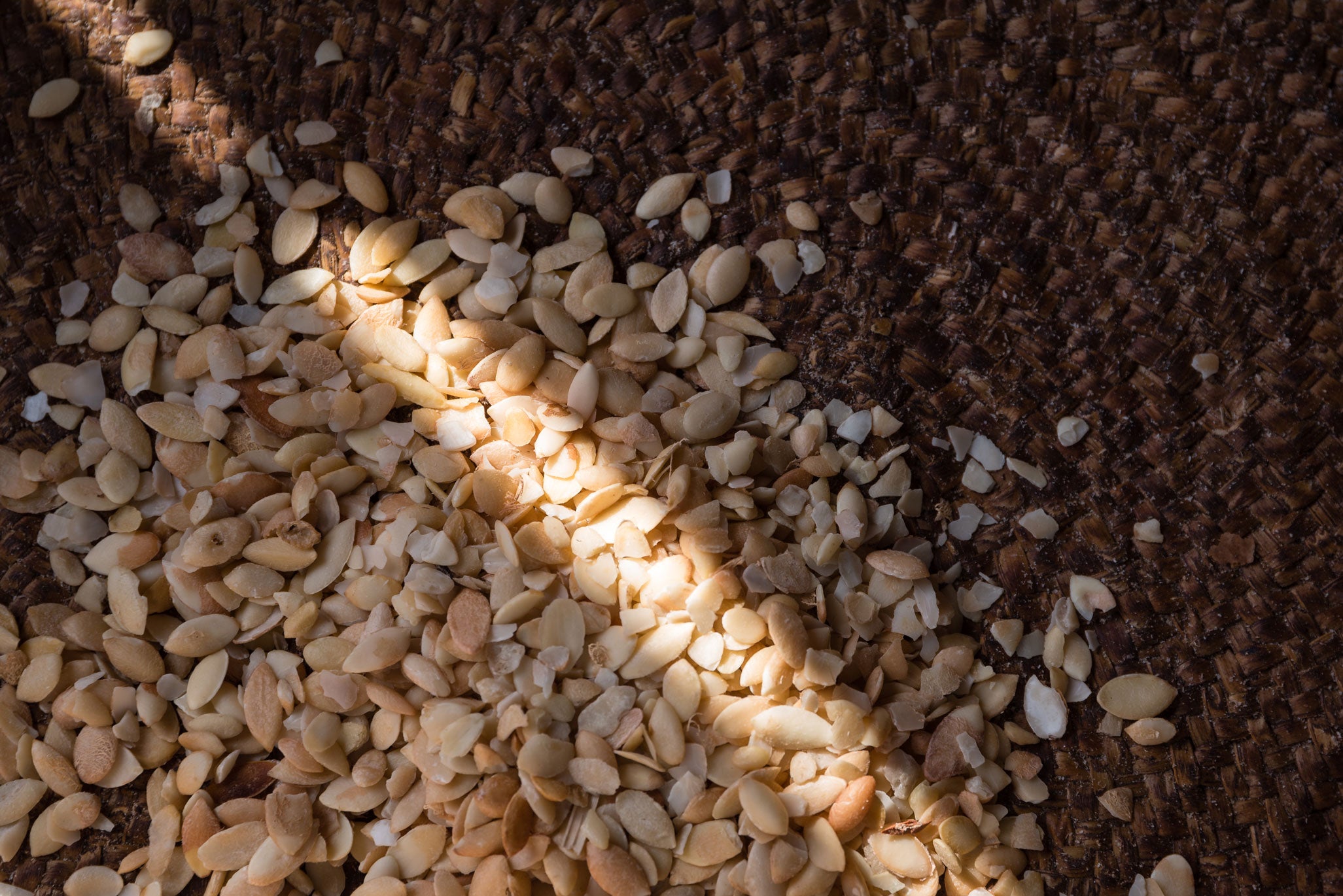
ESSAOUIRA, MOROCCO
THE TREE OF LIFE
Khadija El Fakla is a member of the Marjana Cooperative located near Essaouira, Morocco. Khadija works alongside sixty-five local women who harvest and process argan kernels into two different oils, one for culinary and the other for cosmetic purposes. It is believed that the anti-oxidant rich oils derived from the tree have been utilized by the natives for nearly three thousand five hundred years to sustain their diets and beauty regimens.
Facebook | Twitter | Pin | Email |
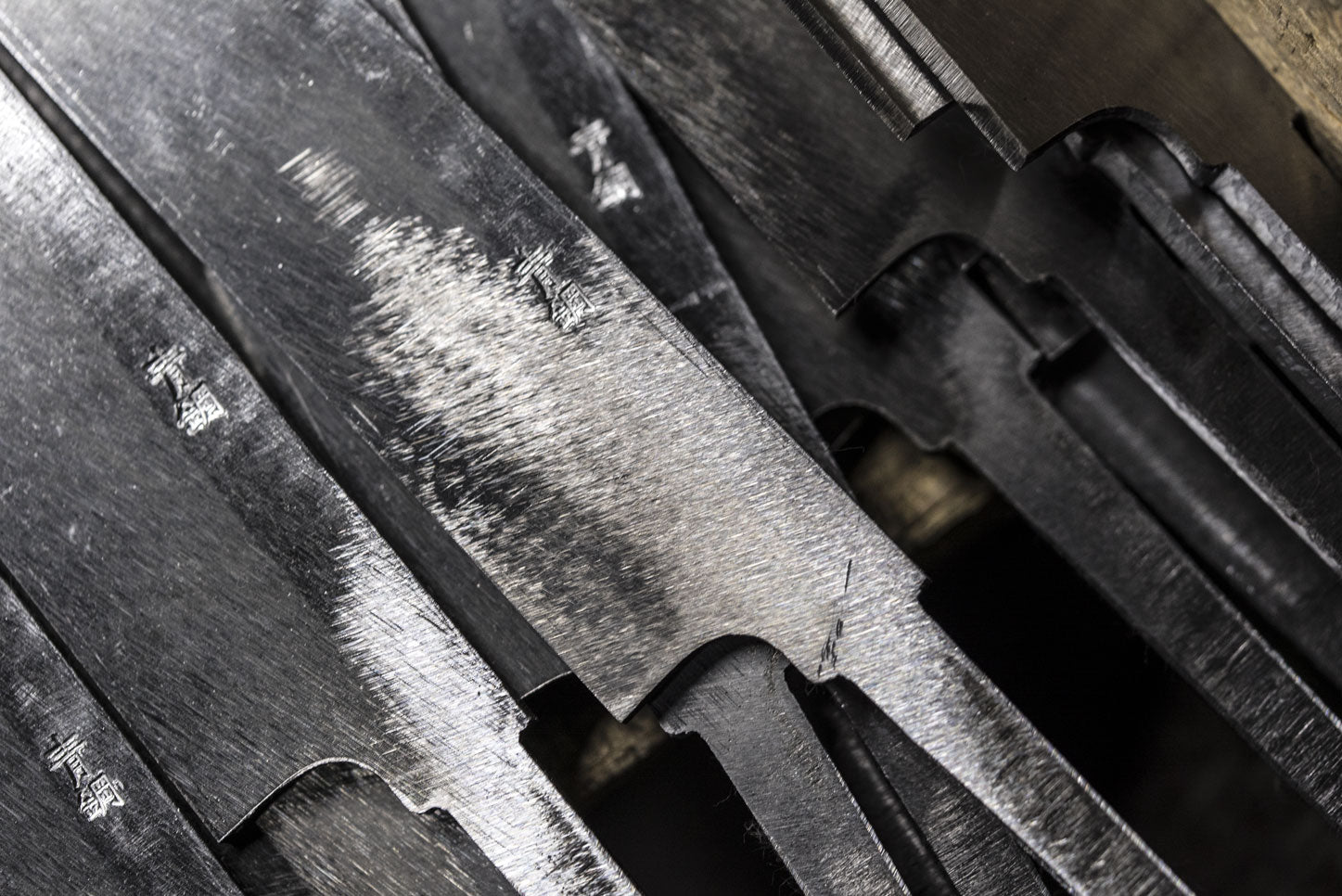
NARA, JAPAN
FORGED FROM THE PAST
Ikuyo Yanagisawa is the fourth generation owner of The Kikuichi Company, an expert knifemaker, born into a seven hundred fifty year-old tradition of sword making. Yanagisawa is continuing in her family’s history of master crafted knives with a sharp focus on ensuring the highest quality of handmade craftsmanship remains their differentiator in the ever expanding global knife making market.
Facebook | Twitter | Pin | Email |
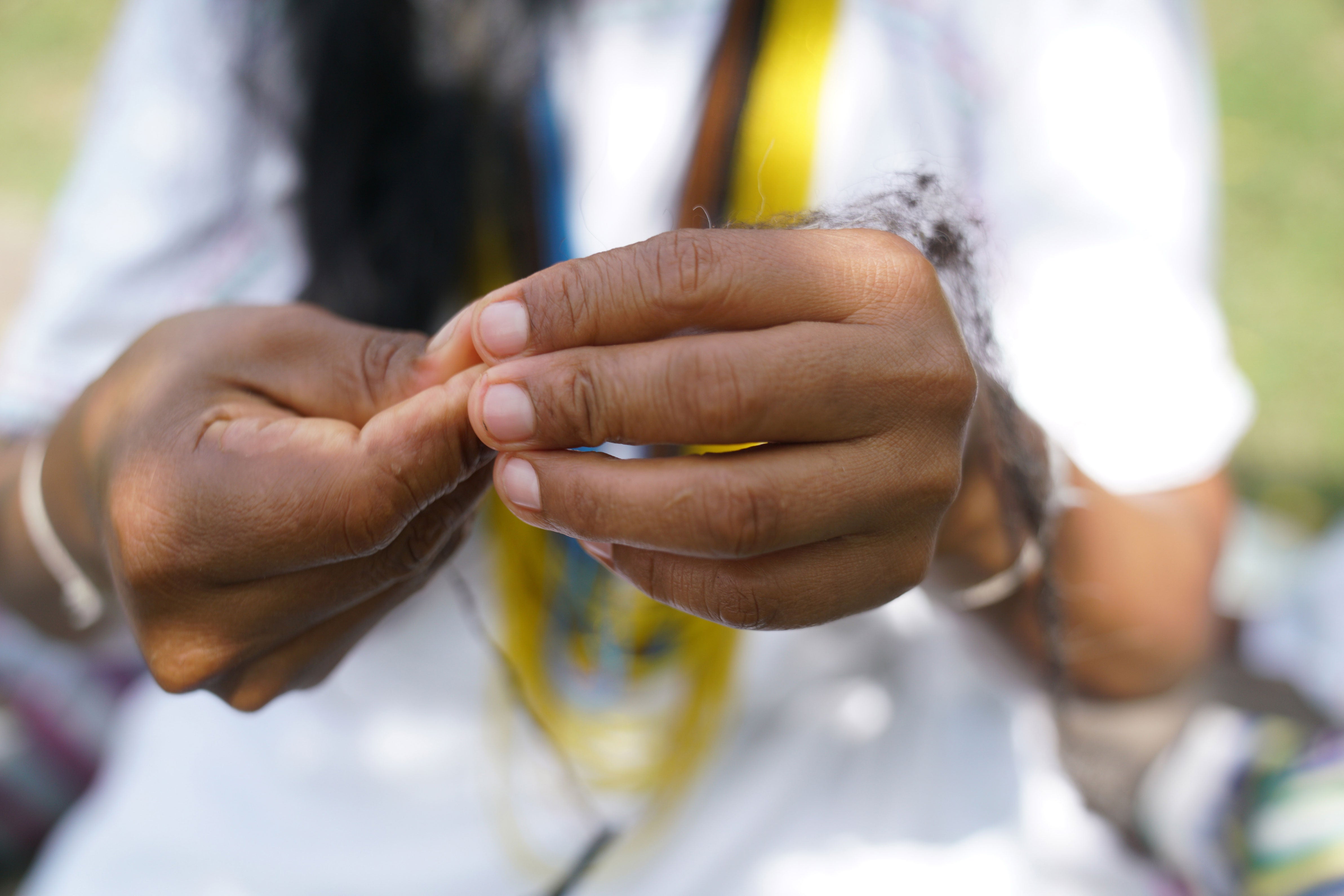
PALOMINO, COLOMBIA
A TIGHT-KNIT BOND WITH NATURE
Clemencia Perez is an Arhuacan mochila knit-weaver who runs a women’s mochila cooperative on her ancestral lands between the Sierra Nevada de Santa Marta mountains and the Caribbean Sea. The predominant design language of the mochila arhuaca is a geometric pattern made from the natural woolen colors from sheep first introduced by the Spanish explorers to the region some five hundred years ago.
Facebook | Twitter | Pin | Email |

CABO DE LA VELA, COLOMBIA
A WOVEN EXPRESSION OF LIFE
María Concepción Ospina, known locally as Conchita, is a weaving artisan from the Ipuana clan of the Wayuu tribe. Like the majority of women in her community, she learned how to craft high quality chinchorros, hamacas, and mochila, a satchel style bag, in a tradition passed from mothers to daughters. Despite living in isolated, harsh conditions on the La Guajira peninsula, the Wayuu women and their colorful creations are a vibrant expression of their way of life.
Facebook | Twitter | Pin | Email |

BANGKOK, THAILAND
THE TEMPLE'S TOILERS
Mayuree Sueriserm was born into the craft of making alms bowls by hand in the village of Ban Bat, where the tradition has subsisted since a royal decree in the eighteenth century. Mayuree left school at an early age to work amongst her family and became one of the few women to master each step of the arduous process of bowl making. Her daughter, Maneerat Nakrat, is working alongside her mother to ensure their craftsmanship continues to be relevant for the benefit of the community artisans and the devout Buddhist monks who use this bowls, as Ban Bat is the last of the villages to preserve this invaluable cultural legacy.
Facebook | Twitter | Pin | Email |
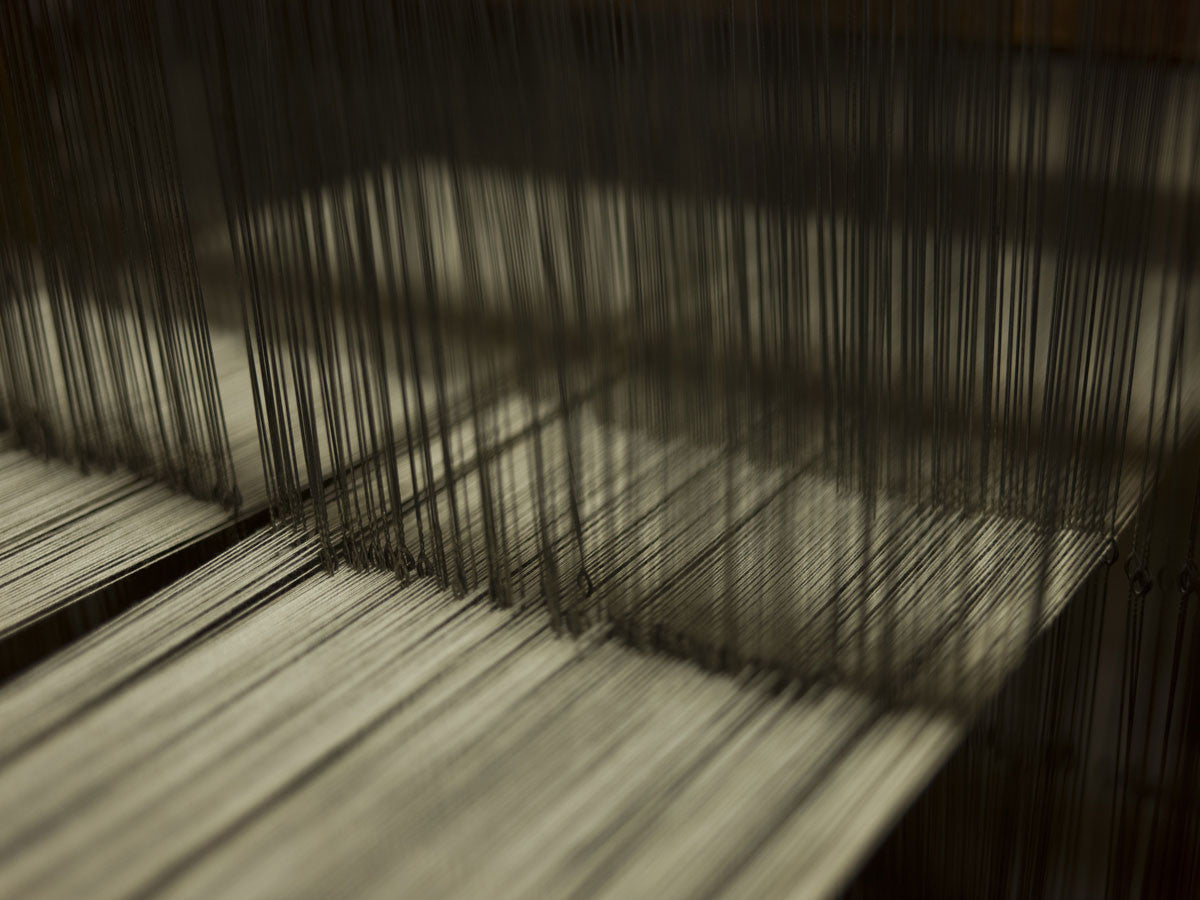
BULDAN, TURKEY
A WEAVER'S VILLAGE
The sound of the loom is the signature song of the town of Buldan, a well-known weaver's enclave in the inner Aegean region of Denizli, Turkey where the tradition is believed to date to Roman times as far back as 800 BC. For much of the past, cotton sourced from nearby fields traveled into the village where nearly every home had a hand loom and at least one family member contributing to the making of local peshtemal garments and towels. Today, much of the work is done by modern machines in large, regional factories, while only a small group of weavers, from ages twenty to ninety-three, continue to make the homespun creations by hand or by mechanized work benches.
Facebook | Twitter | Pin | Email |

KYOTO, JAPAN
THE EXPRESSIVE KIMONO
En Isomoto manages production for Chiso, a Kyoto-based, Yuzen-dyeing fabric and kimono house founded in 1555. His role is to ensure the continuation of the invaluable artistry of traditional dyeing techniques, including the hand-crafted, bespoke silk kimono masterpieces that his team of designers, draftsmen and craftsmen specialists create over a period of four weeks to eighteen months, depending on the intricacies of the design.
Facebook | Twitter | Pin | Email |

KAMOGAWA, JAPAN
THE MAIWAI SPIRIT
Kosuke Suzuki is a Japanese master teaching his son, Riki, the craftsmanship skills necessary to continue the two-hundred year-old tradition of Maiwai ceremonial garment design. The hand-painted and hand-sewn kimono and hanten jackets made in their Kamogawa atelier are meticulously crafted by applying methods honed through years of observation and deliberate practice.
Facebook | Twitter | Pin | Email |
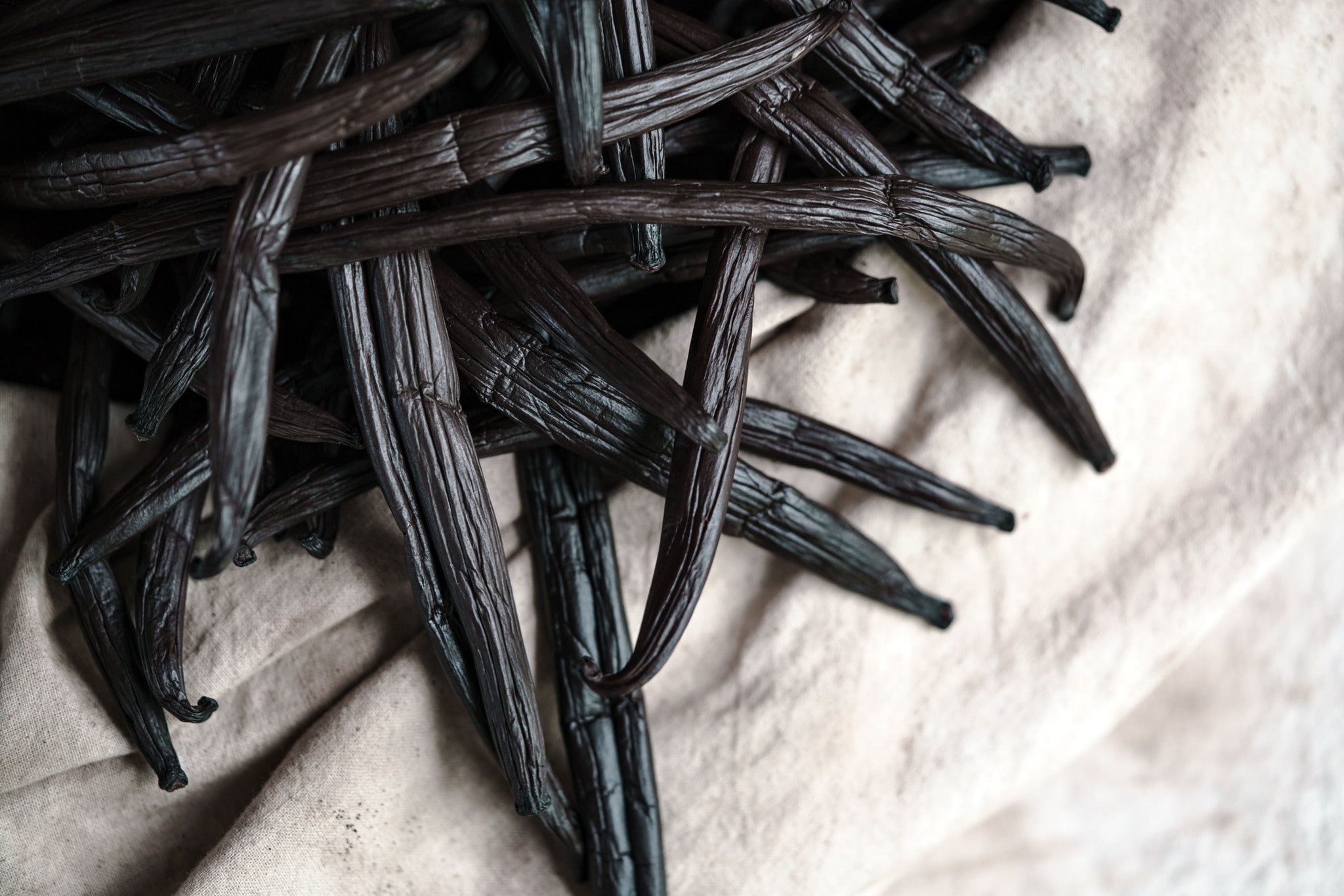
TAHA'A, THE SOCIETY ISLANDS
THE VALLEY OF VANILLA
Ilanda Hioe is a vanilla farmer on the island of Taha’a in the Society Islands of French Polynesia. She cultivates vanilla on a piece of land that her family has owned and farmed for over one hundred years. The vanilla orchid and its beans grow plentiful on the island with Hioe and her family tending to the vines in a traditional manner, never employing unnatural techniques to hasten the growth or the drying process.
Facebook | Twitter | Pin | Email |

FAKARAVA , TUAMOTO ATOLLS
A BLACK PEARL
Hugo Dariel is a second generation pearl cultivator on the Tuamotu Atoll of Fakarava in the French Polynesia. The culture of pearling made its way to the atolls just over thirty years ago, with Hugo's parents serving as the pioneers on Fakarava. Although the pearl produced by the Polynesian black lip oyster, pinctada margeritifera, is relatively new to the pearl cultivation world, it is the only cultured pearl that nature works in mysterious ways to produce in a spectrum of hues, shapes and sizes.
Facebook | Twitter | Pin | Email |

KASHAN, IRAN
A MOHAMMADI ROSE
Moshen Ghaffari was born into the tradition of Mohammadi rose water production in the Iranian village of Qamsar, near the town of Kashan. Today, he is both a rose water producer and a museum owner preserving the traditional methods of the local, unique, double-fired distillation process. Mohammadi, is the local name used for Rosa x damascena, the same rose varietal used in Turkey and Bulgaria. However, studies carried out by professors at the Tehran University claim that due to the natural and climatic conditions in the Qamsar fields, the flower has a higher concentration of the essence necessary to make the finest and most sought after rose water in the world.
Facebook | Twitter | Pin | Email |
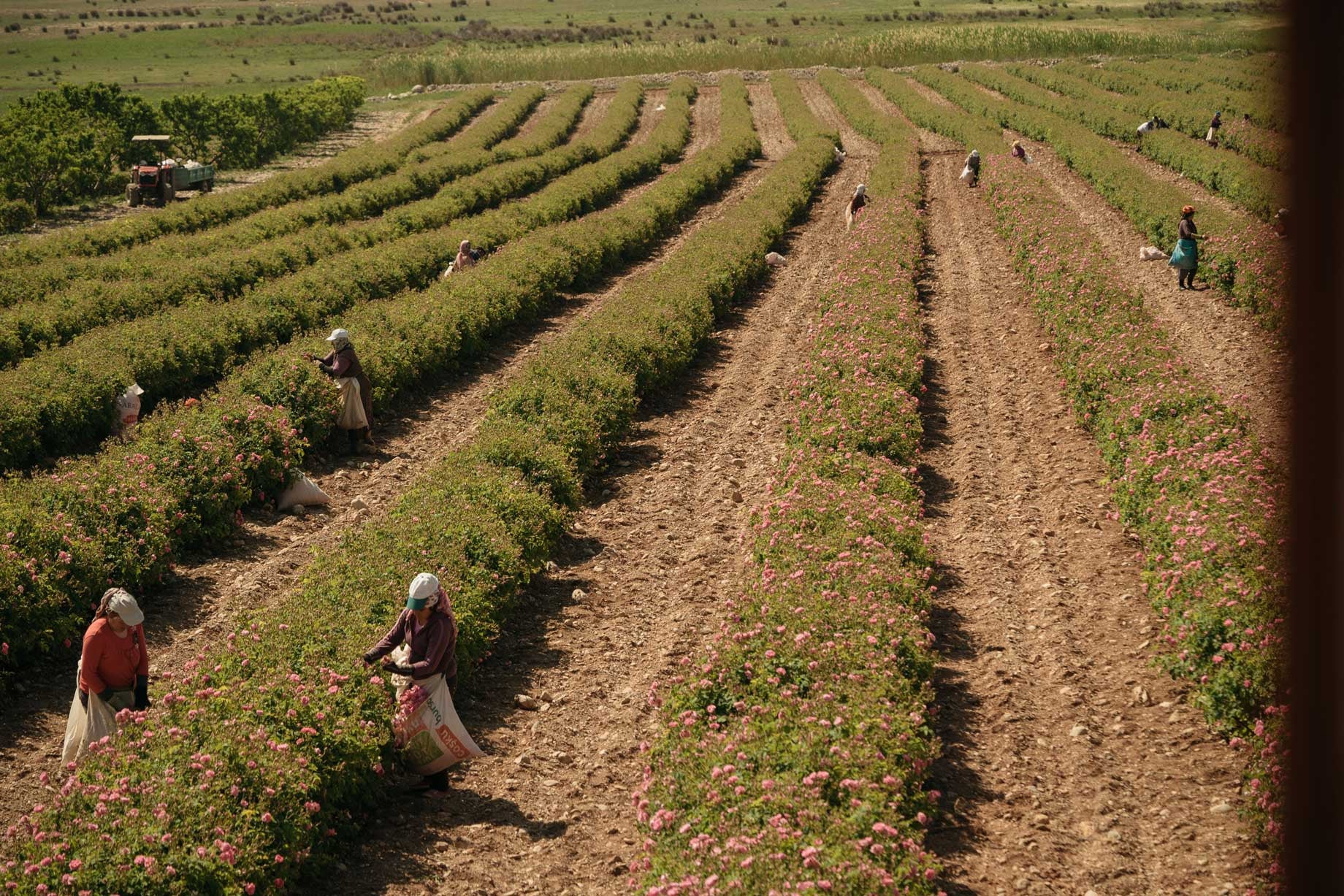
ISPARTA, TURKEY
A TURKISH ROSE
Esengül Artisoy is a rose harvester living in the village of Senir near the city of Isparta in Turkey. Esengül, whose name means “roses in the wind”, was born into a family of rose farmers. Her family no longer cultivates their own roses, but the rose harvest, starting in May of each year, is her favorite time of the year. The season is short and the blooms are plucked before the sun dries the precious oil contained within rosa x damascena - one of the two types of roses in the world which produce the oil. The Turkish farmers and harvesters are responsible for some sixty percent of the world’s annual rose harvest.
Facebook | Twitter | Pin | Email |

YUCATÁN PENINSULA, MEXICO
THE NOBLE CACAO
Mathieu Brees is a chocolatero, or chocolate maker, living on the Peninsula de Yucatán, Mexico. Brees, originally from Belgium, fell in love with chocolate at an early age, and wanted to explore the Central American, Mayan roots of the beloved confection. He settled at the outskirts of Mérida, Mexico twelve years ago to realize his dream of owning a bean to bar cacao tree plantation and artisan chocolate foundry. The plantation that Brees operates along with his partner, Belcolade, specializes in the rare Criollo bean. Criollo is less disease resistant than the other, more common, varieties of Trinitario and Forastero cacao, and its, therefore, conservation is an important aspect of his work. Criollo is considered to be the purest and noblest form of cacao imparting rich and complex tastes to dark chocolate.
Facebook | Twitter | Pin | Email |

Fès, Morocco
AN ANCIENT TANNERY
Mohammed Abdullatif is a master tanner from the venerable city of Fès, Morocco. Abdullatif is an elder in the tanning trade that has flourished in the city since the ninth century when the sultanate was founded. The old Medina quarter, where he has lived his whole life, is also the center of the leather trade consisting of three ancient tanneries, recently restored at full capacity, with the support of UNESCO. The traditional techniques employed by the craftsmen are a physically rigorous affair and especially odious to some, although the resulting leather quality is undoubtedly a testament to their artisan skills and passion, passed down from their forebears.
Facebook | Twitter | Pin | Email |

BENI FOUDA, MOROCCO
LIFE IN A BERBER TOWN
Abdusalam is a farmer and Berber tribesman living in the remote Rif Mountains of Northern Morocco. The Berbers who are indigenous to these lands, are believed to have lived in the area since 10,000 BC. Throughout history, the Riffian Berbers have traded their handicrafts with Moorish and Arab urbanites of the Maghreb, but largely made their living via a pastoral, self-sustainable, farming lifestyle on the abundant lands that surround their villages.
Facebook | Twitter | Pin | Email |

Euskal Herria
A Basque Atelier
Jean-Jacques Houyou is an artisan fabricant, or craftsman, making shoes in the French Basque Country. Just over five years ago, he made the decision to focus the twenty-six year old atelier solely on the making of traditional espadrilles. The shoes, fashioned from natural cotton, jute and rubber, are a style of footwear closely linked to his Basque ancestry. This style is recognized worldwide today, yet Houyou owns one of only a handful of ateliers in the region, continuing the tradition in hopes of preserving a culture of craftsmanship for future generations.
Facebook | Twitter | Pin | Email |

Pinar Del Río, Cuba
AN HOMBRE HABANO
Hector Luis Prieto was thirty-six years old in 2007 when he was awarded the prestigious honor of Hombre Habano, an annual award for the best quality production of tobacco in the cigar industry.As the youngest Hombre Habano in history, having won the award multiple times ever since, Prieto’s San Juan y Martinez plantation provides Cuba’s Habanos S.A. with one of the most exceptional tobacco blends, grown exclusively for the country’s premium cigar brands Cohiba, Montecristo and Romeo y Julieta.
Facebook | Twitter | Pin | Email |

Pinar Del Río, Cuba
THE LEGACY OF TOBACCO
Hirochi Robaina is a fifth-generation tobacco farmer in Vuelta Abajo, Cuba’s illustrious, tobacco-growing region situated in San Luis, Pinar del Río.
Following the traditions of his ancestors, and most notably of his grandfather Don Alejandro Robaina, Hirochi is at the helm of La Finca El Pinar Robaina, perhaps the most famous tobacco farm in the region, if not the world. Initially known for the high yield of quality tobacco for the wrapper, which is the most difficult to produce, the plantation now focuses its tobacco production on the Vegas Robaina premium cigar brand, exclusively distributed by Habanos SA, the Cuban state-owned tobacco company.
Facebook | Twitter | Pin | Email |
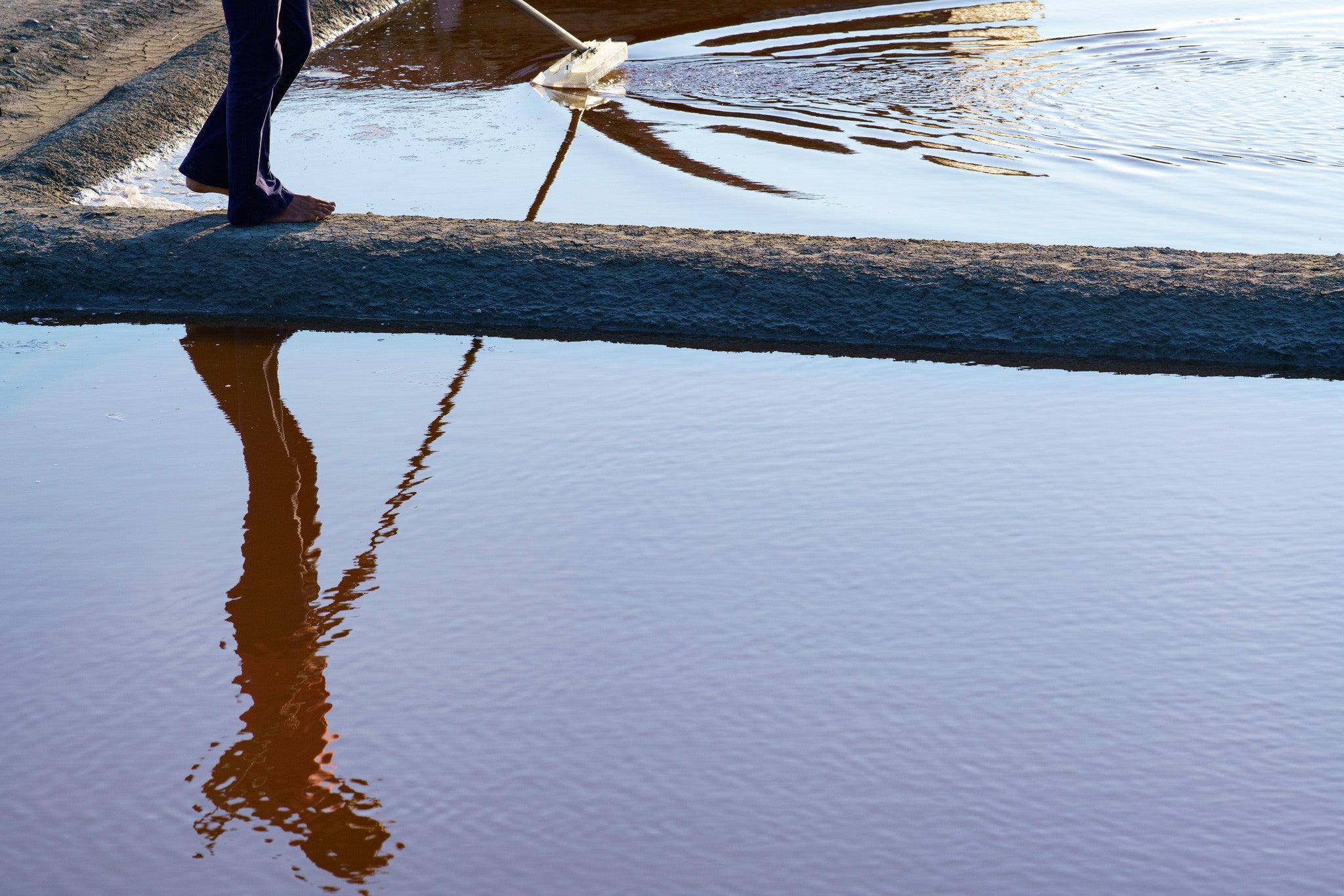
Île De Ré, France
THE ART OF SEA SALT
Brice Collonier is a saunier, or salt worker, collecting salt on the French island of Île de Ré in a tradition that dates back to the twelfth century when it was introduced by Cistercian monks.
Brice is amongst a new generation of salt workers that have rediscovered this craft that was nearly abandoned on the isle. He carves and reshapes the landscape continually, according to the winds and temperature, resulting in the cultivation of two natural, hand-crafted products - the highly nutritive, grey-hued gros sel and the rich in flavor, pure white fleur de sel.


